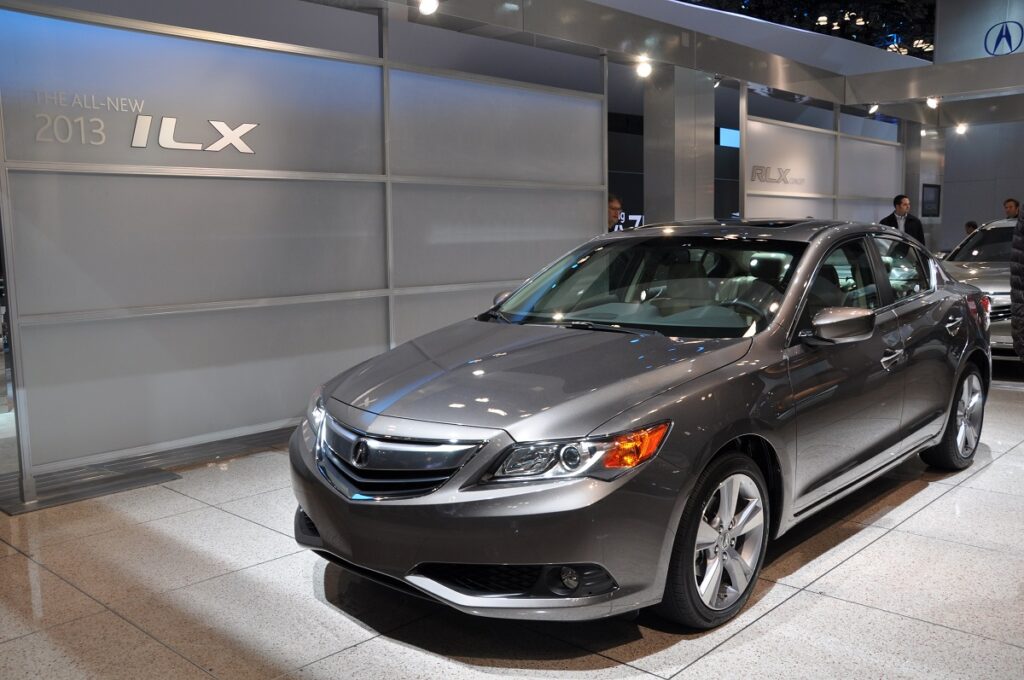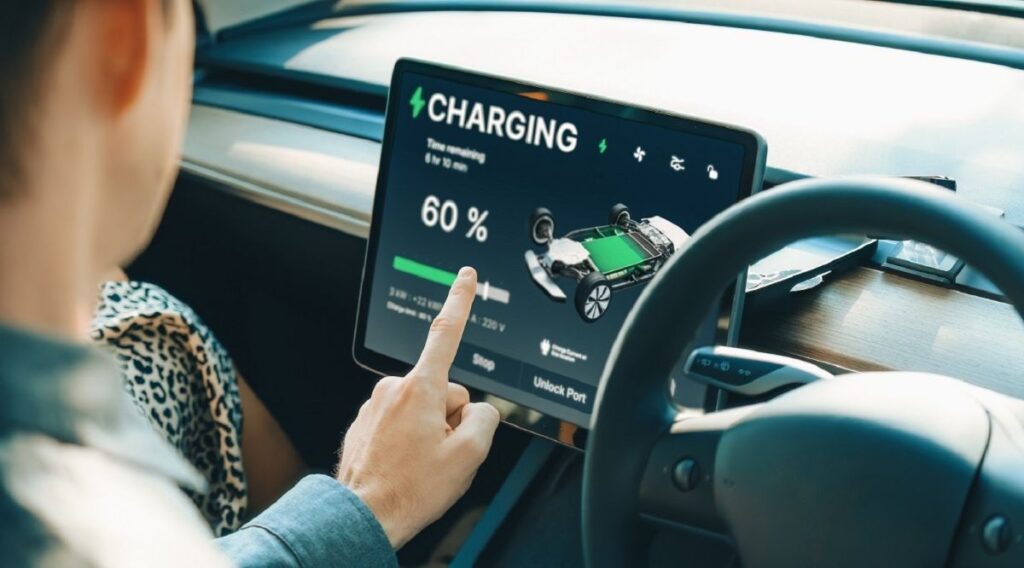Owning a muscle car is a dream come true for many auto enthusiasts, but that dream can come with a hefty price tag. Here are 18 hidden costs you’ll face when you own a muscle car.
1. Gasoline
Muscle cars are notorious gas guzzlers. With large V8 engines and a focus on performance over fuel efficiency, you’ll be visiting the gas station more often than you’d like. The Dodge Challenger SRT Hellcat, for example, averages just 13 mpg in the city, meaning that fuel costs will add up quickly.
2. Insurance Premiums
Muscle cars are often more expensive to insure than standard vehicles. High horsepower, aggressive driving behavior, and a higher risk of theft all contribute to higher insurance rates. According to Insure.com, a Ford Mustang GT can cost nearly 20% more to insure than an average sedan.
3. Maintenance Costs
Routine maintenance on muscle cars is often more expensive due to the specialized parts and high-performance engines. Oil changes, brake replacements, and tire rotations typically cost more than they would for a standard vehicle. Performance tires alone can cost several hundred dollars per set.
4. Tires
Speaking of tires, muscle cars often require high-performance tires that wear out faster than regular ones. The cost of replacement can be significant, with some tires priced at $250 or more each. Burnouts and aggressive driving only speed up the wear-and-tear process.
5. Repairs
When something goes wrong with a muscle car, repair costs can skyrocket. Muscle cars often have expensive, hard-to-find parts, and labor can be more expensive due to the complexity of the repairs. A simple engine repair on a Chevrolet Camaro ZL1, for instance, can run into the thousands.
6. Depreciation
Muscle cars depreciate faster than many other vehicles, especially if they’re driven hard. According to Kelley Blue Book, a new muscle car can lose up to 30% of its value in the first year alone. While classic models may retain or even appreciate in value, modern muscle cars can be a risky financial investment.
7. Premium Fuel
Many muscle cars require premium gasoline to run efficiently. Premium fuel costs significantly more than regular unleaded, and using lower-octane fuel can damage your engine over time. If you’re driving a Shelby GT500, for example, be prepared to pay more at the pump every time you fill up.
8. Parking and Storage
Muscle cars are often larger and require more space than the average vehicle. Whether you need to rent a larger garage or pay for covered storage to protect your investment, parking, and storage costs can add up quickly. If you live in an urban area, finding a safe place to park your muscle car can be an ongoing expense.
9. Vehicle Modifications
Muscle car owners often spend thousands on modifications, whether it’s upgrading the exhaust, adding performance parts, or customizing the appearance. These modifications not only cost money upfront but can also affect insurance rates and resale value.
10. Ticket Costs
Muscle cars are powerful, and it can be tempting to push the limits on the road. Speeding tickets and other traffic violations are common among muscle car owners, and the costs can add up. The faster and more aggressive you are driving, the more likely you are to get pulled over and pay the price.
11. Track Day Expenses
Many muscle car enthusiasts enjoy taking their vehicles to the track to experience their full potential. However, track days aren’t cheap. Between entry fees, fuel, tires, and potential wear and tear, a day at the track can cost hundreds, if not thousands, of dollars.
12. Road Taxes and Fees
In some states, owning a high-performance car can result in higher taxes and registration fees. These vehicles are often classified in a higher tax bracket due to their larger engines and higher emissions. California, for example, charges additional fees for vehicles with high-displacement engines.
13. Emissions Testing
Muscle cars are notorious for failing emissions tests, especially if they’ve been modified for performance. Failing an emissions test can lead to costly repairs to bring the vehicle back into compliance, and in some states, you could face fines if your car doesn’t meet the required standards.
14. Specialized Tools
If you’re a DIY mechanic, you’ll need specialized tools to work on your muscle car. Standard tools may not be enough for the high-performance parts found in these vehicles. Investing in the proper tools can cost hundreds or even thousands of dollars upfront.
15. Premium Detailing
Keeping a muscle car in top condition requires regular detailing, especially if you want to preserve its paint and interior. Professional detailing services for high-end vehicles can cost significantly more than standard car washes, especially if you want services like ceramic coating or paint protection film.
16. Higher Loan Interest Rates
Financing a muscle car often comes with higher interest rates, especially if the car is considered a luxury or high-performance vehicle. Lenders may view these cars as riskier investments, leading to higher monthly payments and more money spent on interest over the life of the loan.
17. Exhaust System Upgrades
While many muscle car owners love the growl of their exhaust, upgrading to a high-performance exhaust system can be expensive. A quality aftermarket exhaust can cost anywhere from $1,000 to $5,000 or more, depending on the brand and installation.
18. Theft Protection
Muscle cars are prime targets for thieves due to their high resale value and desirable parts. Investing in advanced security systems, GPS tracking, and insurance riders for theft protection can add to your overall costs. According to the National Insurance Crime Bureau (NICB), muscle cars are frequently targeted, so additional security is a must.
The True Cost of Muscle Car Ownership
While owning a muscle car can be a thrilling experience, it’s essential to be aware of the hidden costs that come with it. These costs can add up quickly, from fuel expenses and insurance premiums to maintenance and repairs. If you’re considering buying a muscle car, budget for these expenses so that the joy of driving doesn’t become a financial burden.
Featured Image Credit: Shutterstock / Oleg Mirabo.
The content of this article is for informational purposes only and does not constitute or replace professional advice.
The images used are for illustrative purposes only and may not represent the actual people or places mentioned in the article.
For transparency, this content was partly developed with AI assistance and carefully curated by an experienced editor to be informative and ensure accuracy.










